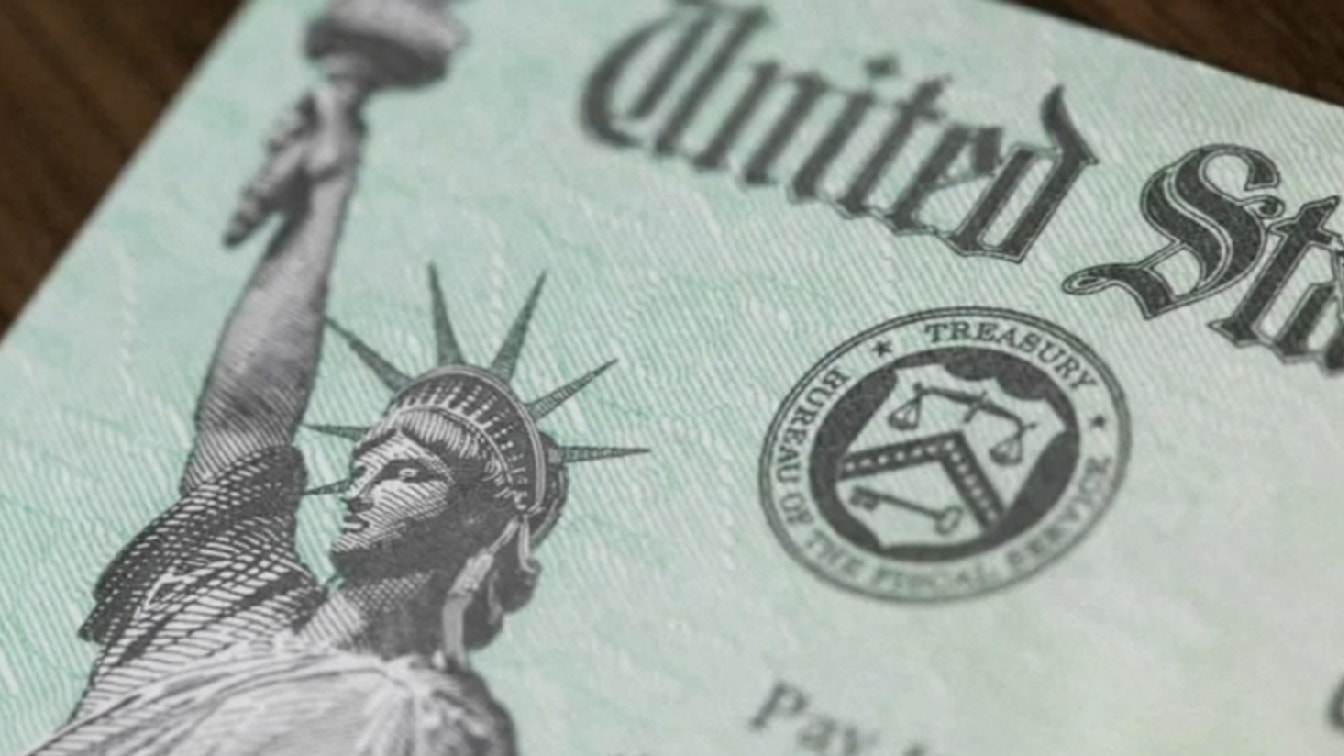2022: Worst Tax Season Ever?: If eighty-four days doesn’t seem like a whole lot of time, consider that it is the length of this year’s “tax season,” which officially begins on January 24. That is when the Internal Revenue Service (IRS) will begin to accept and process tax returns, while April 18 is the deadline for when taxpayers file their returns or request an extension through October 17.
This year is already being described as a “tax season from hell.”
The tax code has become increasingly complex, funding for the IRS has been gutted and it is dealing with an aging workforce and computers older than most of its employees. The agency currently has some of the oldest continuously running IT systems in government, with some of its core computing systems turning 60 years old, Federal News Network reported.
In addition, the agency’s mail centers were shut down for months in 2020, and that has resulted in a massive backlog. As a result, even early filers may have to wait longer than normal to see their returns.
Tips for the Tax Season
The IRS has already been planning for the 2022 tax season and has recommended that tax filers do the same.
“Planning for the nation’s filing season process is a massive undertaking, and IRS teams have been working non-stop these past several months to prepare,” said IRS Commissioner Chuck Rettig. “The pandemic continues to create challenges, but the IRS reminds people there are important steps they can take to help ensure their tax return and refund don’t face processing delays. Filing electronically with direct deposit and avoiding a paper tax return is more important than ever this year.”
Among the tips the IRS has recommended include viewing account information online, which includes the amounts of the Economic Impact Payments that were received, provides access Child Tax Credit Update portal for information, and even allows filers to view the past five years of payment history as well as any pending or scheduled payments.
Now is the time to gather and organize tax records including Forms W-2 from your employer(s), Forms 1099 from banks, issuing agencies, and other payers, Form 1099-K, 1099-MISC, W-2, or other income states if you worked in the “gig economy” and Form 1088-INT if you were paid interest. In addition, Form 1095-A, Health Insurance Marketplace Statement can reconcile advance Premium Tax Credits for Marketplace coverage.
The IRS also reminds all filers that most income is taxable and that includes unemployment income, refund interest, income from the gig economy and virtual currencies.
And for those who expect to receive a refund, the IRS recommends filing electronically and choosing direct deposit, which will provide access to a refund faster than a paper check. Currently, eight out of 10 taxpayers now receive their refund via a direct deposit. It also avoids the possibility that a refund check could be lost or stolen or returned to the IRS as undeliverable. It even saves taxpayer money, as it costs more than $1 to send a refund check, but only 10 cents to make a direct deposit.
Peter Suciu is a Michigan-based writer who has contributed to more than four dozen magazines, newspapers and websites. He regularly writes about military small arms, and is the author of several books on military headgear including A Gallery of Military Headdress, which is available on Amazon.com. Peter is also a Contributing Writer for Forbes.

